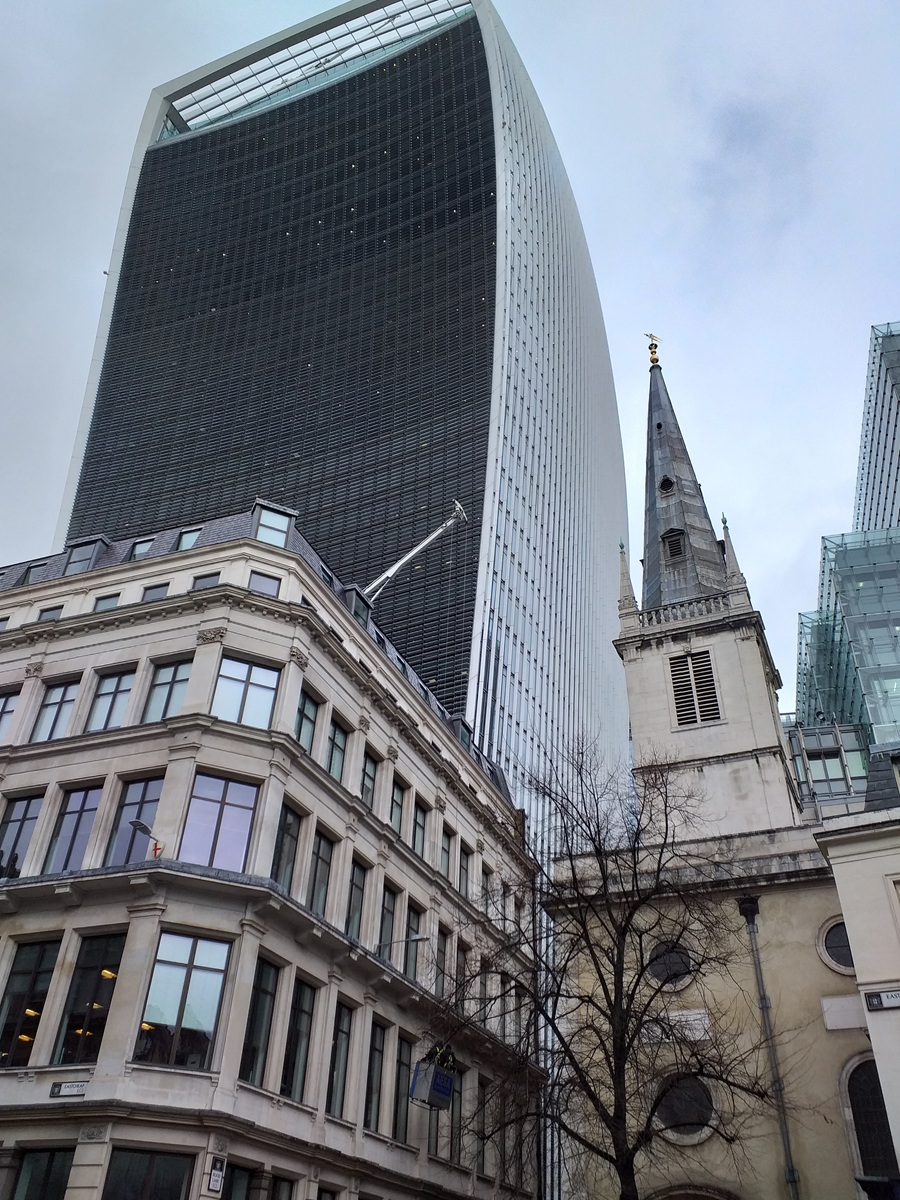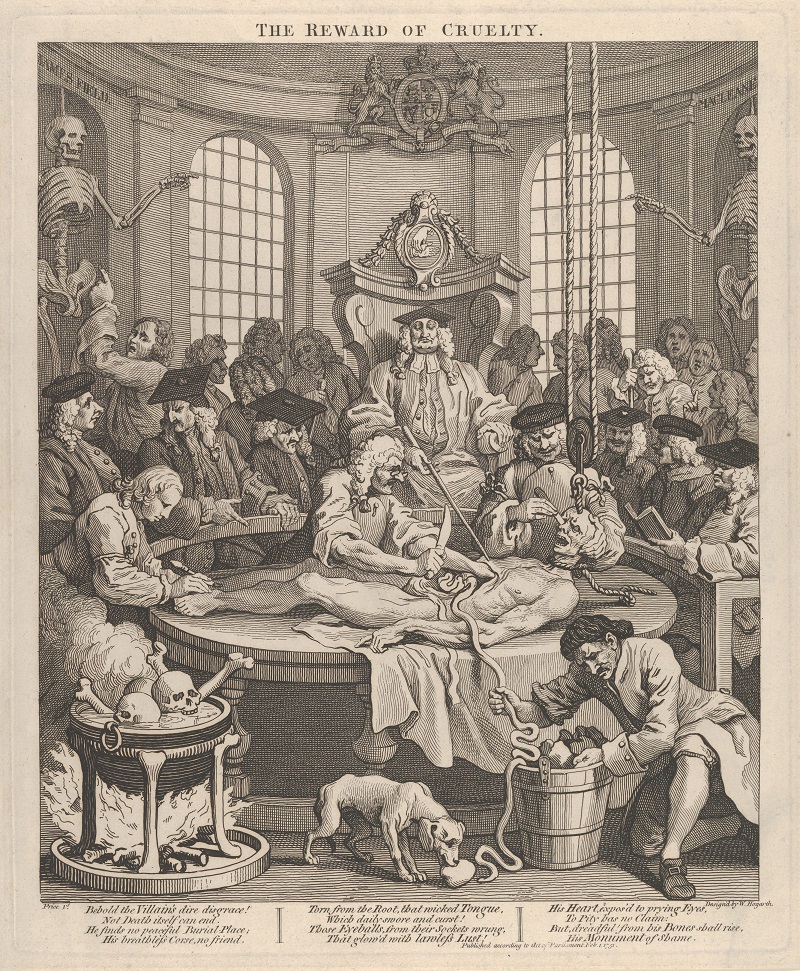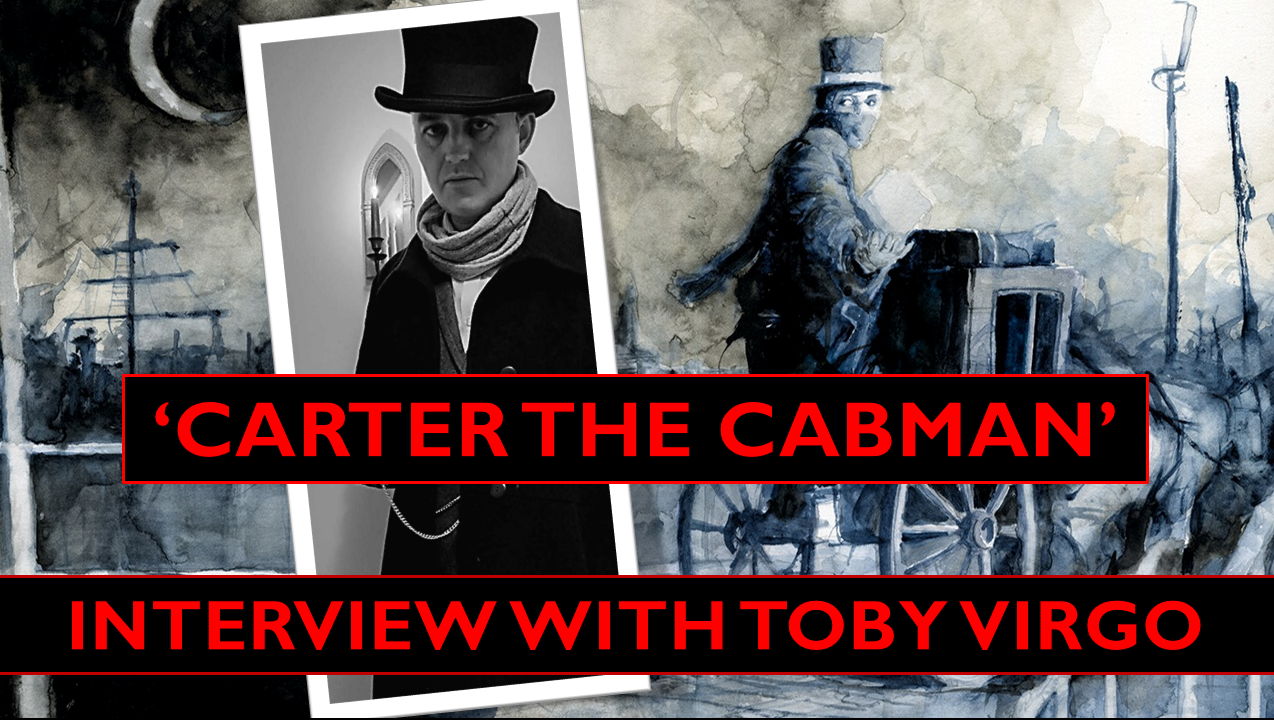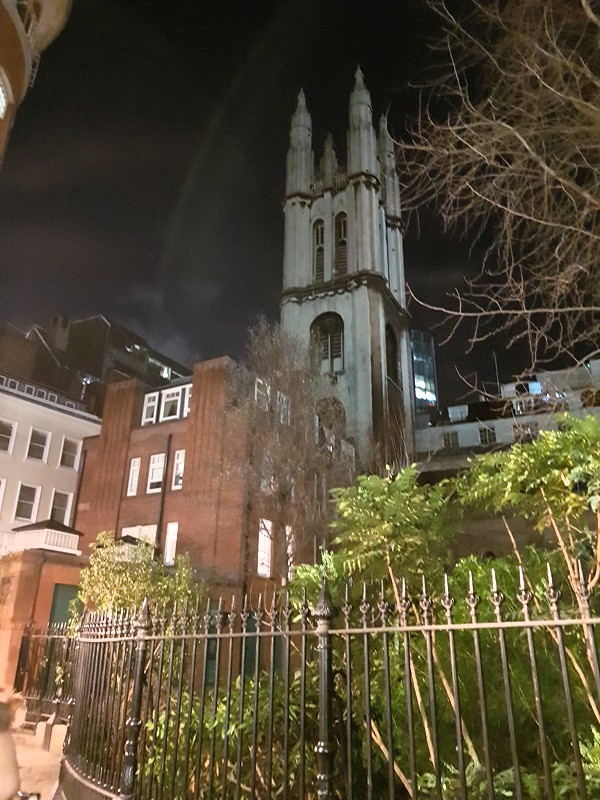by Dorothee Schröder
Located in the City’s Bridge ward, Eastcheap is a street with a long and storied past. Its name first appeared on an Anglo-Saxon penny of King Harold I (reigned 1035–1040) and is thought to be the earliest example of a street name being minted on a coin.
The Old English word cheap means market. In medieval times, Eastcheap was London’s principal meat market, once crowded with butchers’ stalls on either side of the street. The name distinguished it from Westcheap, today known as Cheapside, another busy market street.
Today, Eastcheap runs from Monument Junction in the west and extends east into Great Tower Street. In 2012, it featured as part of the marathon route in the Olympic and Paralympic Games.
Formerly extending further west, this stretch was once called Great Eastcheap. Here stood the famous Boar’s Head Inn, patronised by William Shakespeare, who immortalised it in Henry IV, Part 1 as the meeting place of Falstaff and his companions. Destroyed in the Great Fire of London in 1666, it was later rebuilt but eventually demolished in 1831. The inn’s sign, the boar’s head, was preserved and now hangs in the foyer of Shakespeare’s Globe Theatre.
In the early nineteenth century, Great Eastcheap was cut back when King William Street was built to improve access to London Bridge. The surviving eastern section, which became today’s Eastcheap, was once known as Little Eastcheap.
At No. 20 Eastcheap stands Peek House, built in the early 1880s as the headquarters of Peek Brothers, tea merchants who also imported coffee, spices, chocolate, and cocoa. The building’s frieze depicts three camels laden with goods, led by a Bedouin. With Camel as their tea brand, the three Peek brothers adopted the trio of camels as their trademark, symbolising their main trades in tea, coffee, and spices, as well as representing themselves. The frieze, carved by William Theed the Younger, still adorns the building today.
Eastcheap is flanked by two historic Church of England churches: St Margaret Pattens, at the corner with Rood Lane, and St Mary-at-Hill, just off Lovat Lane to the south. Looking east along Eastcheap and Great Tower Street, one can see All Hallows-by-the-Tower, an Anglican church founded in AD 675 and reputed to be “the oldest church in the City of London.”
Like much of the City, it is where the ancient meets the modern and well worth a closer look.
Cover picture: St Margaret Pattens Church and The Walkie Talkie (Photograph: Philipp Röttgers)




